How to prepare matcha tea at home might sound a little intimidating at first—but it’s actually super simple (and super satisfying). Matcha isn’t just another green drink on the wellness scene. It’s that vibrant, mysterious powder that turns your morning into a Pinterest-worthy ritual and your kitchen into a mini tea house.
But here’s the thing: real matcha tea, made the traditional way, is an experience. And luckily, you don’t need to be a Zen monk or own a bamboo forest to get it right. Just a few tools, a pinch of patience, and a love for earthy, energizing goodness.
So, whether you’re new to the matcha scene or just want to upgrade your whisking game, let’s break it down—step by simple step.
What Is Matcha Tea, Anyway?
Before we dive into the how-to, let’s give matcha the respect it deserves. Matcha is finely ground green tea powder made from specially grown and processed shade-grown tea leaves, known as tencha in Japan. Unlike regular green tea, where you steep and toss the leaves, with matcha—you’re drinking the whole dang leaf.
It’s not just tasty—matcha packs a serious health punch. From antioxidants to calming amino acids, here’s a science-backed list of 7 proven benefits of matcha worth checking out.
Why Matcha Hits Different:
- Caffeine with Calm: Thanks to L-theanine, matcha gives you a focused energy boost—no jitters, no crash.
- Packed with Antioxidants: It’s rich in catechins, especially EGCG, which your skin, brain, and metabolism will thank you for.
- It’s Kinda Pretty: That bold green hue? 100% natural and totally Instagrammable.
Tools You’ll Need (Don’t Worry, It’s Not a Huge List)
To prepare matcha the right way, you don’t need a fancy tea ceremony setup—but a couple of tools will definitely elevate your game. With just a few basic tools, you’ll be ready to master how to prepare matcha tea like a total pro.
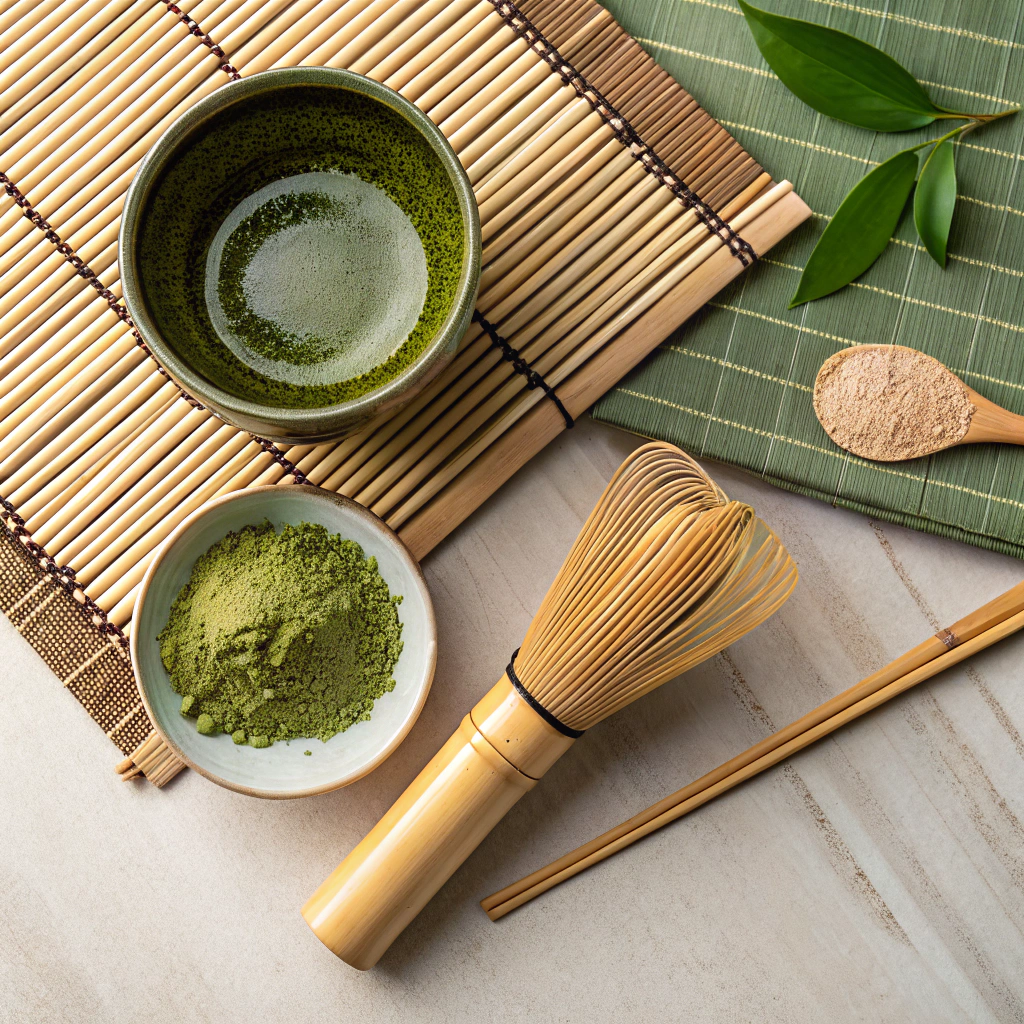
Must-Haves:
- Matcha Powder: Go for ceremonial grade for drinking (more on that in a sec).
- Chawan (Tea Bowl): Any wide, shallow bowl works if you’re improvising.
- Chasen (Bamboo Whisk): Essential for that frothy top.
- Chashaku (Bamboo Scoop): Or a regular teaspoon will do.
Nice-to-Haves:
- Fine Sifter: Gets rid of clumps (because nobody likes a lumpy latte).
- Electric Frother: If you’re whisk-averse or in a rush.
Step-by-Step: How to Prepare Matcha Tea Like a Pro (or at Least Pretend to)
Before we dive into the whisking action, let’s go over exactly how to prepare matcha tea the traditional way—made simple for real life. Alright, now let’s get into the good stuff. Here’s your foolproof, no-fuss guide to making matcha.
Step 1: Sift Your Matcha Powder
Matcha tends to clump up faster than your favorite mascara. So, start by sifting 1-2 teaspoons (or 1 chashaku scoop) into your bowl. This helps you avoid bitter, grainy tea and makes it easier to whisk into that signature froth.
💡 Pro Tip: Use a small kitchen sifter or push the powder through a mesh strainer with a spoon.
Step 2: Add Hot (But Not Boiling) Water
Boiling water = matcha murder. Seriously, using water that’s too hot will scorch the powder and make it taste bitter.
- Ideal Temp: 160–175°F (70–80°C)
- How Much: Start with about 2 oz (60 ml) of hot water
Pour it gently into your bowl and let the green magic begin.
Step 3: Whisk Like You Mean It
Grab your bamboo whisk (chasen) and get whisking! The goal? A frothy, foamy layer on top.
- Motion: Use a quick “M” or “W” shape rather than circles.
- Time: Whisk for about 15–20 seconds, or until it looks light and bubbly.
😅 First-time tip: It’s not supposed to be perfectly smooth—it’s rustic, not Starbucks.
Step 4: Sip and Savor
And just like that—you’re done. Pour your matcha into a cup if you prefer or drink straight from the bowl. You can even toss in a splash of oat milk if you’re into that creamy vibe.
Matcha Showdown: Ceremonial vs Culinary (Which One’s Right for You?)
If you’ve ever stood in the tea aisle feeling slightly attacked by the number of matcha options—you’re not alone. Should you go ceremonial? Or culinary? Is one just fancier packaging? Let’s break it down without the drama. Think of ceremonial matcha as your go-to for sipping it pure—like wine tasting for tea. Culinary matcha? That’s your all-rounder for lattes, smoothies, and baking green goodness into everything from cookies to pancakes.
To make it super simple, here’s a quick cheat sheet:
| Feature | Ceremonial Grade Matcha | Culinary Grade Matcha |
|---|---|---|
| Best Use | Traditional tea preparation | Cooking, baking, lattes, smoothies |
| Color | Bright, vibrant green | Duller, olive green |
| Flavor Profile | Smooth, slightly sweet, umami-rich | Stronger, more bitter |
| Texture | Very fine, silky powder | Slightly coarser |
| Caffeine Level | Moderate (around 60-70mg per serving) | Similar but may vary by brand |
| Price Range | Higher ($30–$50 for 30g) | Lower ($10–$20 for 30g) |
| Quality Level | Premium – made from youngest tea leaves | Lower – uses more mature leaves |
| Origin (Ideal) | Uji, Nishio (Japan) | Can come from Japan or other countries |
🍵 Quick Tip: If you’re whisking up a cup to drink straight—go ceremonial. But if you’re tossing it into your blender with bananas and almond milk, culinary works just fine!
For more delicious recipes and cooking inspiration, follow me on Facebook, Pinterest and Reddit!
Choosing the Right Matcha Powder: Ceremonial vs Culinary
Let’s clear up the confusion—because not all matcha is created equal.
Ceremonial Grade:
- Bright green, smooth, delicate flavor
- Best for traditional drinking
- Pricier, but worth it
Culinary Grade:
- Slightly duller color, stronger taste
- Perfect for lattes, smoothies, and baking
- More affordable
🛒 Matcha Shopping Tip: Look for Japanese origin, preferably from Uji or Nishio, and avoid anything with added sugar or “drink mix” on the label.
Matcha Mistakes to Avoid (We’ve All Been There)
Even seasoned matcha lovers mess up sometimes. Here are a few rookie mistakes to skip:
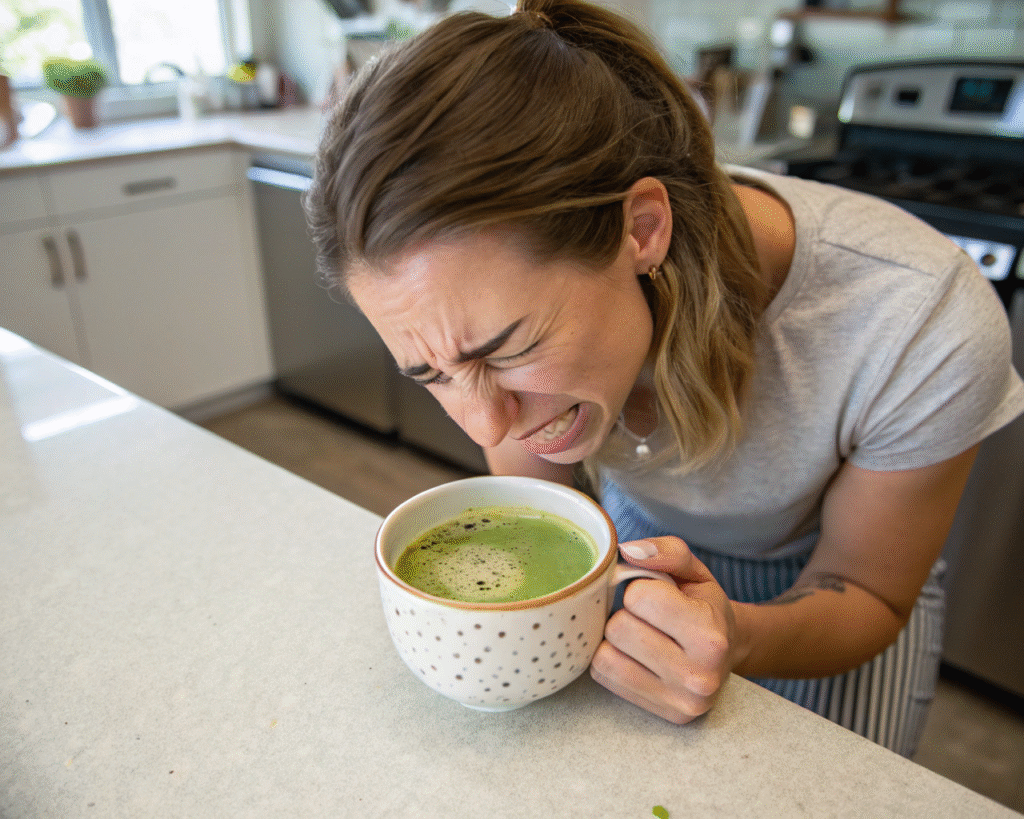
- Using boiling water – Trust me, you’ll regret it.
- Not sifting the powder – Clumps are the enemy.
- Over-whisking – You’re making tea, not whipped cream.
- Buying low-quality matcha – It tastes like spinach and sadness.
Extra Credit: Fun Matcha Variations to Try
Once you’ve nailed the classic prep, it’s time to get playful. Here are a few twists on the OG:
- Iced Matcha: Whisk it first with hot water, then pour over ice and cold milk.
- Matcha Latte: Add steamed milk (or frothy plant milk) and a little honey or vanilla.
- Matcha Lemonade: Whisk matcha and mix with lemonade over ice—hello, summer vibes!
- Matcha Smoothie: Throw a scoop into your banana-spinach-almond-milk smoothie for a green power-up.
Is Matcha Good for Weight Loss? Let’s Weigh the Facts
We all want that magical potion that’ll melt away the extra fluff while we binge-watch Netflix. So, is matcha good for weight loss? Well, it’s not a miracle drink—but it does come with some legit benefits that can support your goals.
Matcha’s natural caffeine plus L-theanine combo gives you sustained energy, meaning you might be more motivated to move (hello, morning yoga). On top of that, it’s loaded with catechins—especially one called EGCG, which has been linked to boosting metabolism and fat oxidation. Translation? Your body might burn calories a bit more efficiently.
There’s actually clinical research to support this—one study found EGCG and caffeine combined can support fat oxidation, especially during moderate-intensity workouts.
To keep it crystal clear, here’s a breakdown of how matcha stacks up as a weight loss buddy:
| Matcha Benefit | How It Supports Weight Loss | Bonus Tip! |
|---|---|---|
| Boosts Metabolism | EGCG may enhance fat-burning during exercise | Best consumed 30 mins before a workout |
| Natural Appetite Control | L-theanine may help reduce stress-related snacking | Sip matcha when those “snack attacks” hit |
| Low in Calories | Plain matcha tea has virtually zero calories | Skip the sugar and full-fat milk for best results |
| Increases Energy | Caffeine gives a natural boost without the crash | Use it as a pre-workout drink |
| Hydrating Alternative | Encourages more fluid intake if you replace sugary drinks | Try iced matcha instead of soda |
🥗 Remember: Matcha alone won’t shed the pounds—but as part of a balanced lifestyle with good food and movement? It’s a green goddess in your corner.
🎌 Personal Sip of Truth: I still remember my first time learning how to prepare matcha tea—I totally scorched it with boiling water (rookie mistake!). It came out bitter and weirdly clumpy. But after switching to the right water temperature and getting a bamboo whisk, everything changed. Now it’s my favorite part of the morning—calm, green, and kind of meditative. And yes, I do it in pajamas.
Matcha FAQ: Quick Answers for Curious Sippers
How to prepare matcha tea for beginners?
Start with good ceremonial-grade matcha, a whisk, and a bowl. Follow the simple steps above to get a smooth, frothy drink without stress.
Is matcha stronger than coffee?
Yep! It has less caffeine than a cup of coffee (about 60–70mg), but thanks to L-theanine, it gives you longer-lasting, calmer energy.
Can I drink matcha every day?
Totally! Just don’t go overboard. 1–2 cups a day is perfect for most people.
How do I store matcha?
Keep it in an airtight container, in a cool, dark place—or the fridge. Light and air are its enemies.
Why does matcha taste grassy?
Good matcha has an umami-rich, slightly sweet taste. If it’s super bitter or tastes like hay, it’s probably low quality.
Can I use a regular whisk or blender?
You can use a milk frother or handheld blender. Regular whisks don’t do the job as well and might leave you with sad tea.
Is matcha good for weight loss?
It won’t melt fat on its own, but matcha boosts metabolism and supports energy, which helps when paired with healthy habits.
Final Sip: It’s More Than Just Tea
Preparing matcha isn’t just about drinking something green—it’s a little moment of calm in your day. A mini ritual. A chance to slow down, breathe in, and treat yourself like the queen you are (or king, no judgment).
So go ahead, whisk up a bowl, take that first sip, and enjoy the matcha moment. Your body, brain, and taste buds will all thank you.
Now that you know how to prepare matcha tea, all that’s left is to enjoy the moment and sip slowly.

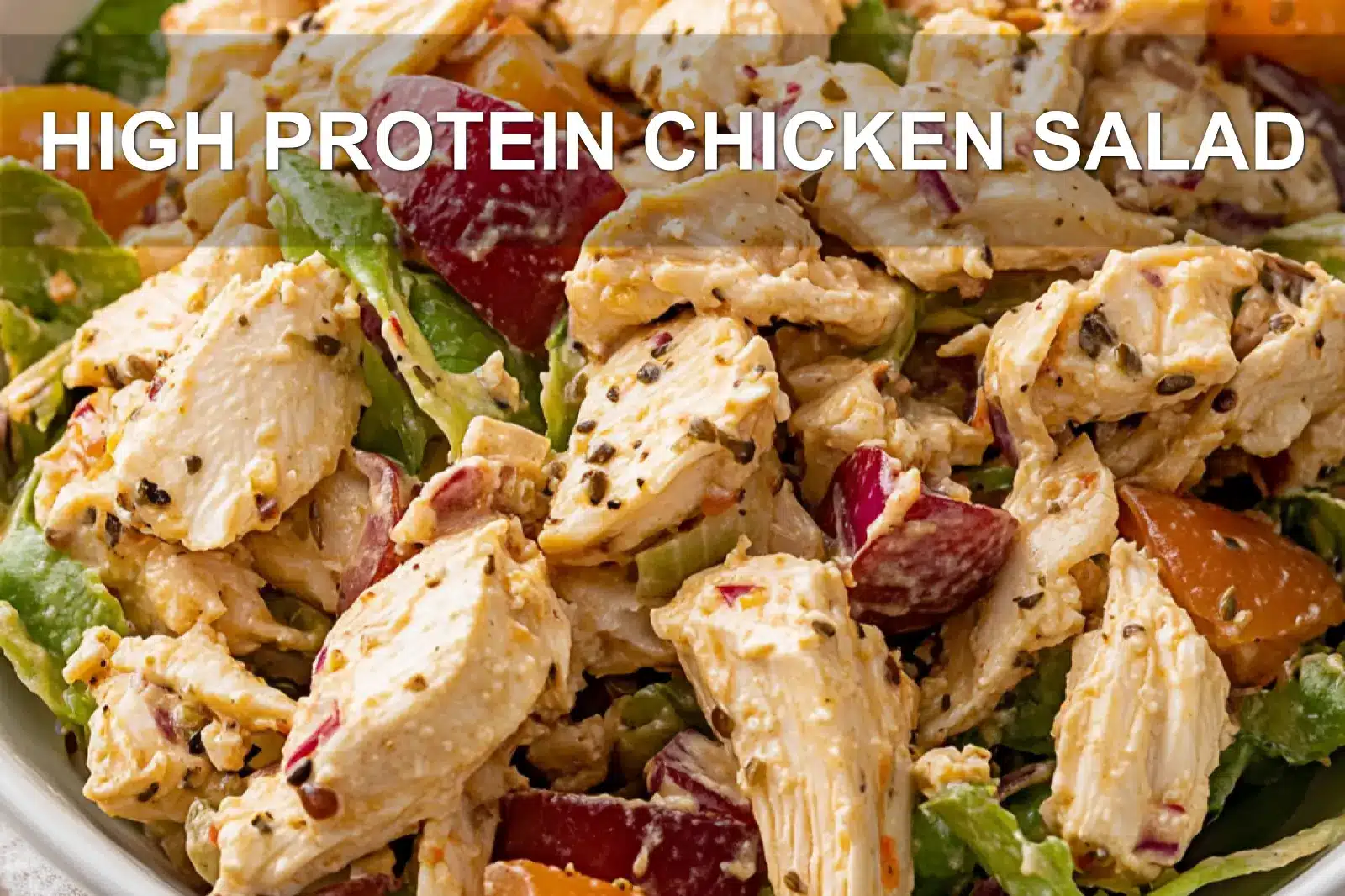


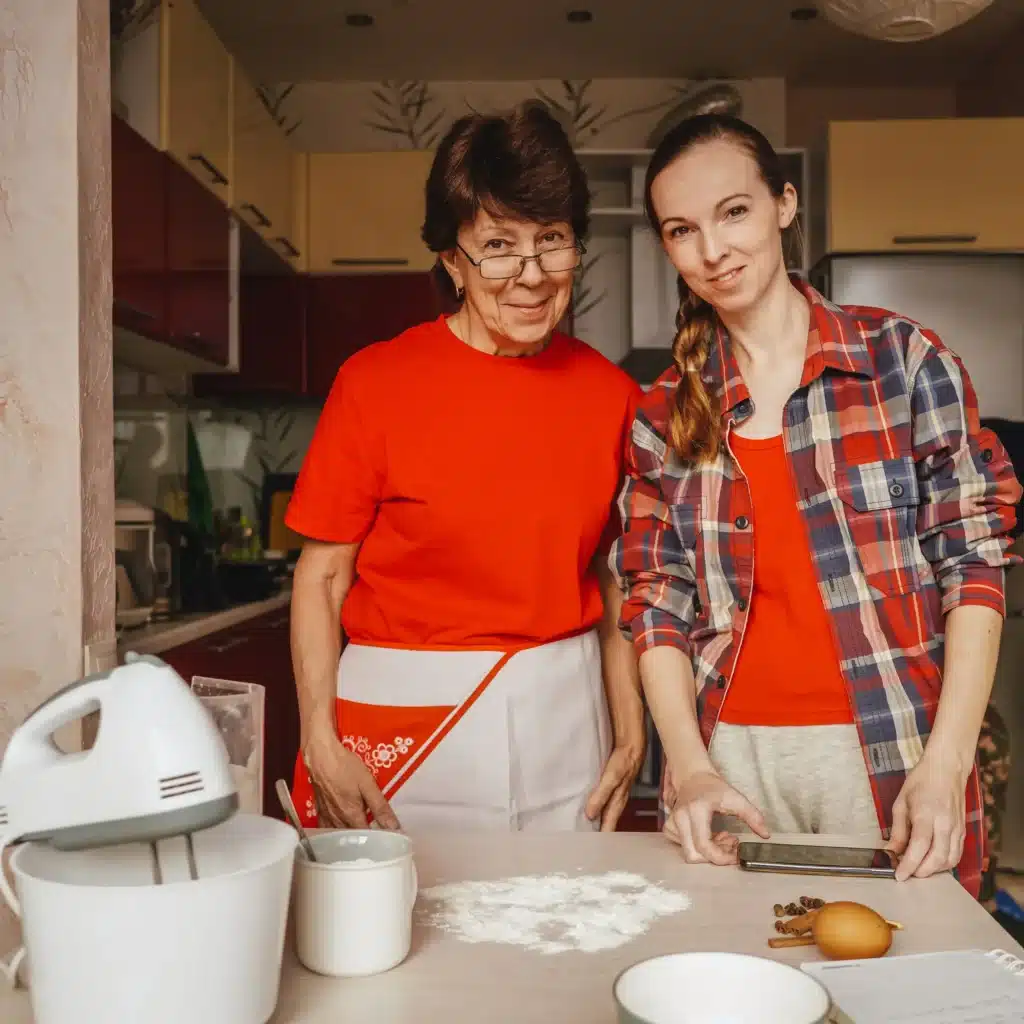
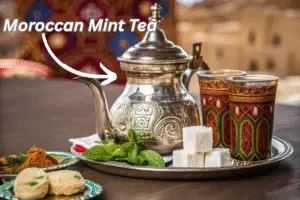
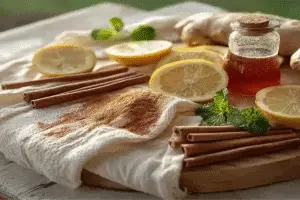

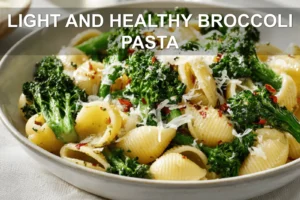
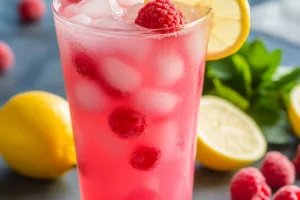
1 thought on “How to Prepare Matcha Tea – Easy & Delicious Beginner’s Guide”